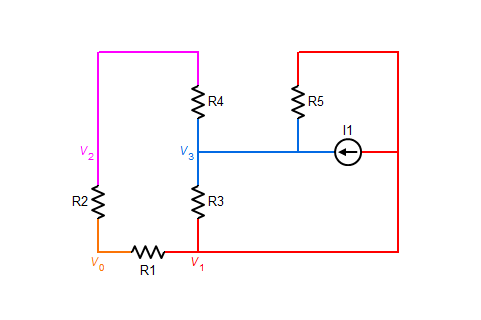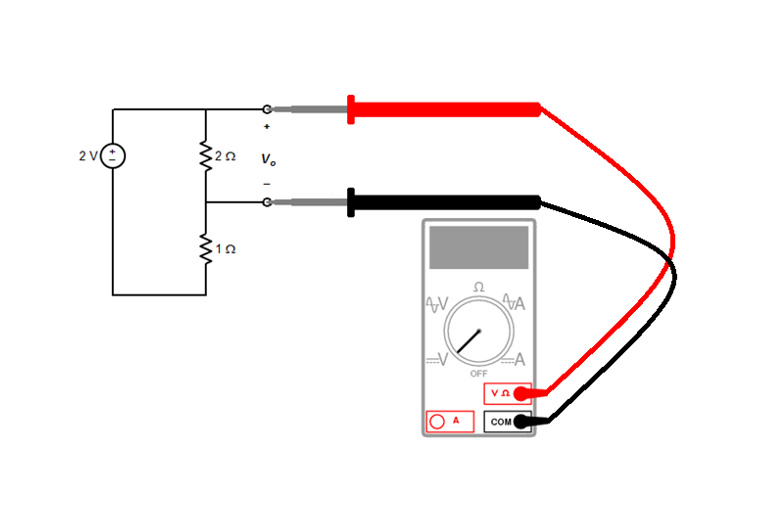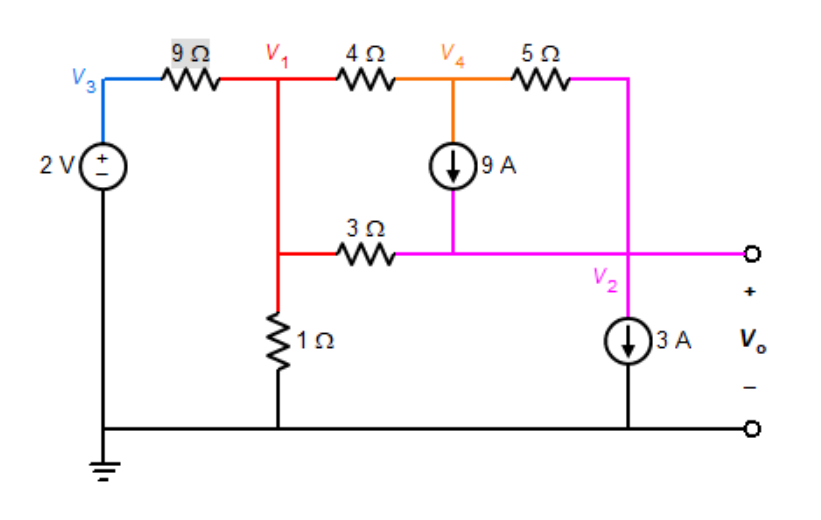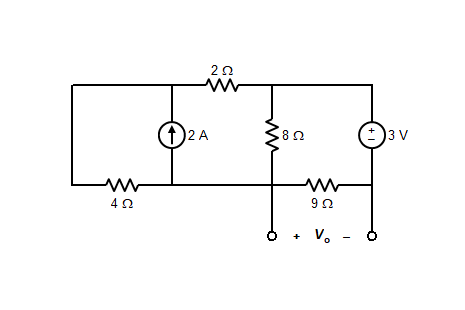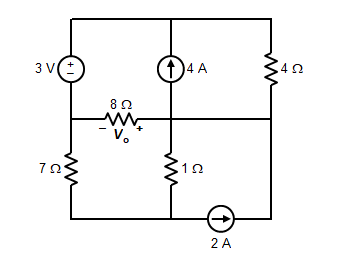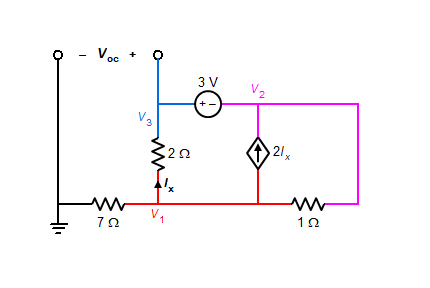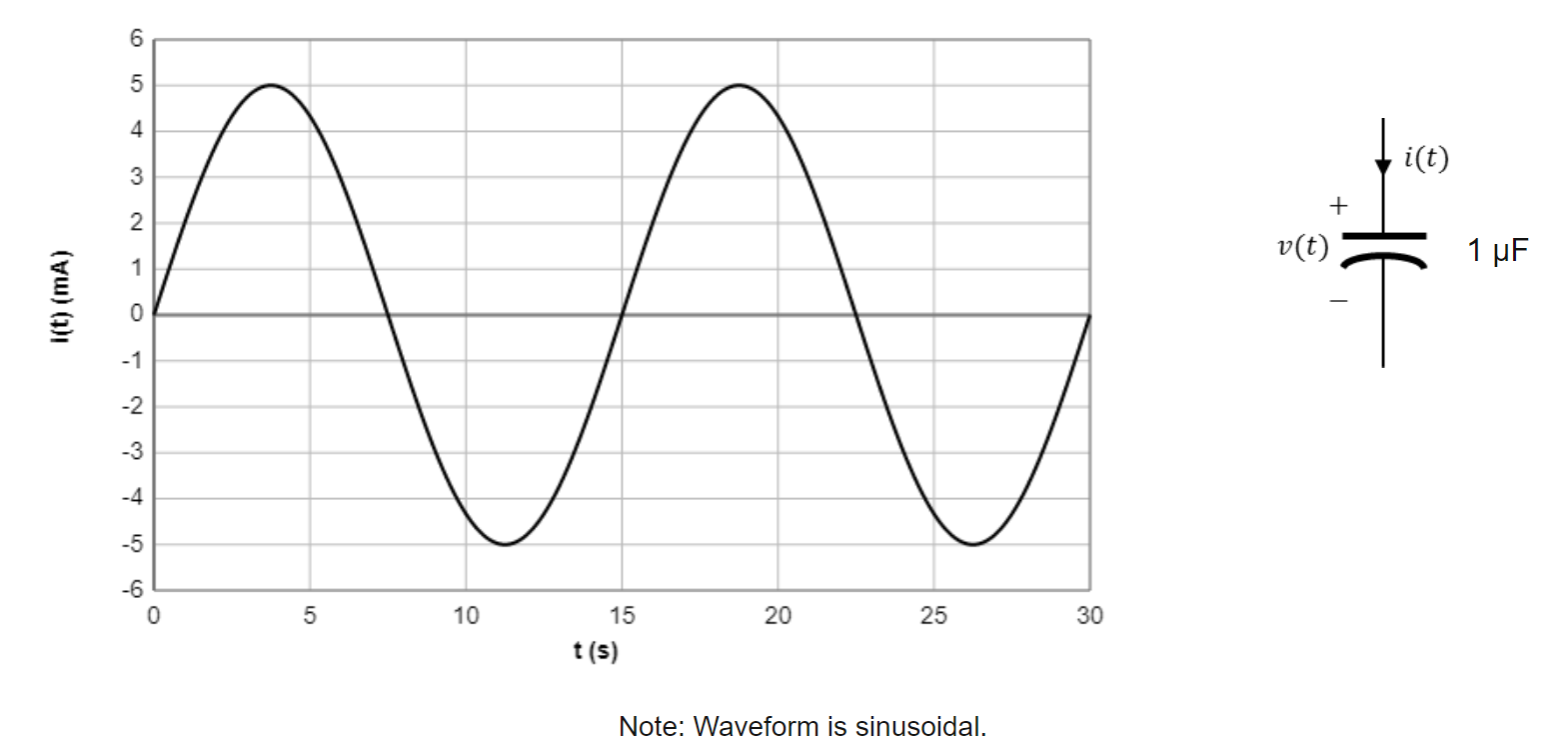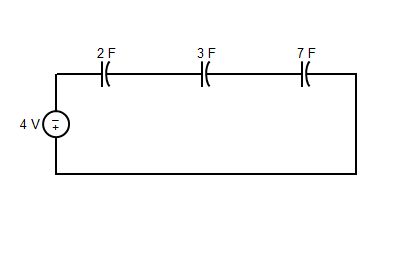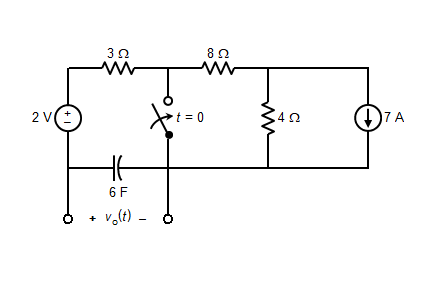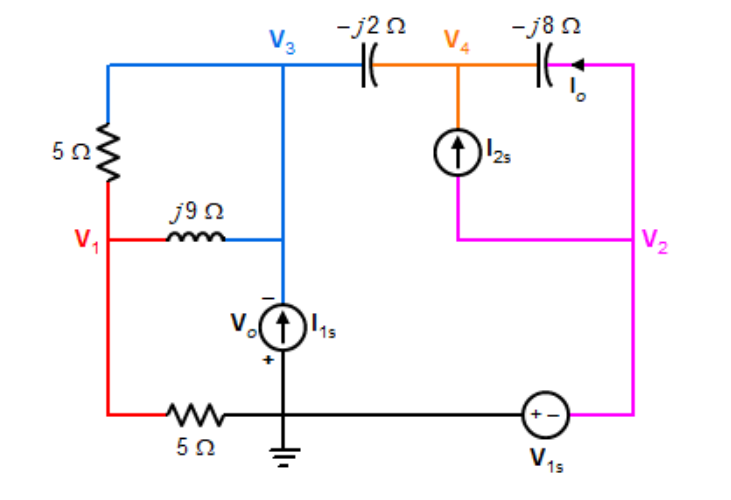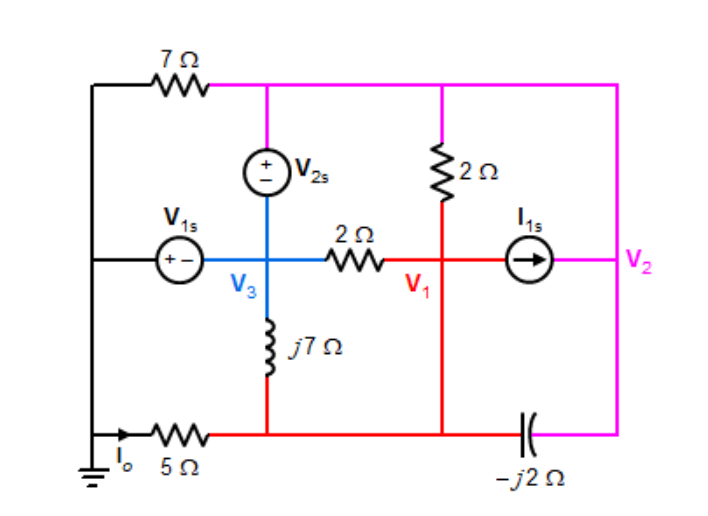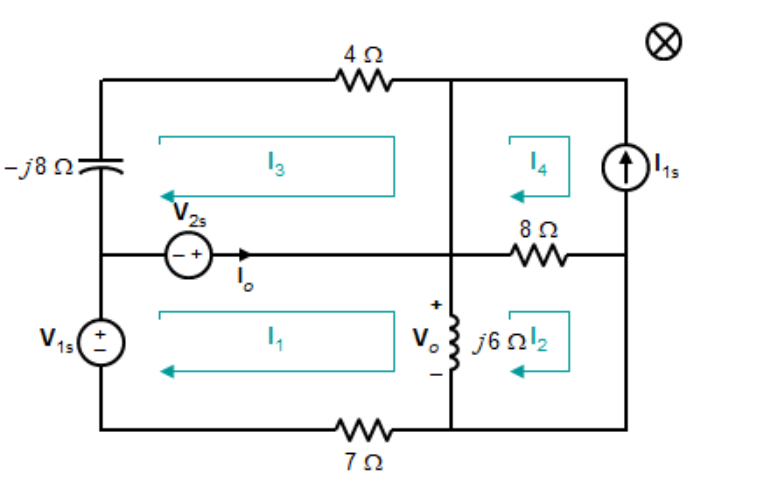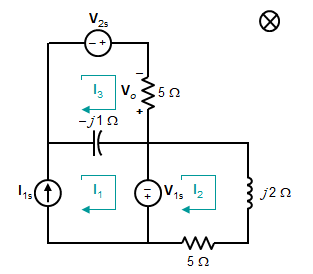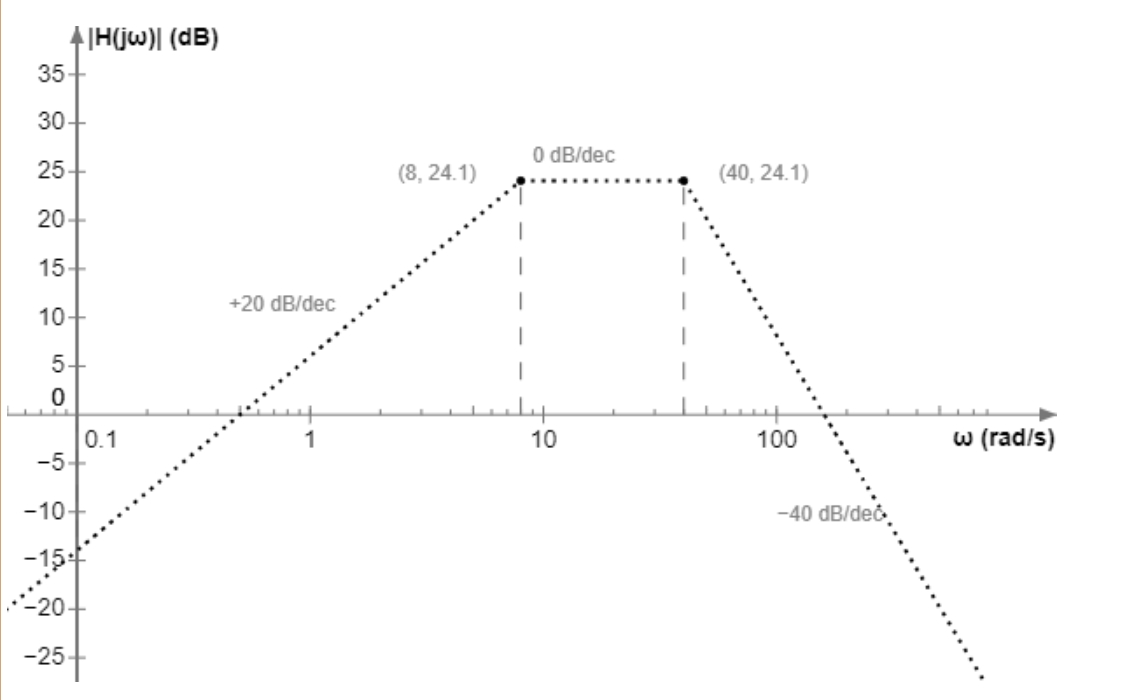Topical Coverage
Basic Electric Waveforms
Purely web-based tutorial. Teaches students to relate and sketch quantities such as voltage, current, charge, energy, and power as functions of time, including problems that require differentiation and integration, using an interactive graphical interface to draw the requested quantity from a given one.
Series/Parallel
Teaches students to identify elements in series and parallel (a key skill). Uses color-coding of nodes and mesh currents to emphasize series and parallel relationships.
DC Single Node-Pair/ Single Loop
Solution of both single loop and single node-pair circuits using Ohms’ law, voltage and current division formulas, and KVL/KCL equations. Includes methods to find unknown voltages, currents, powers, and “non-branch voltages” (those that do not appear across a single element in a loop). Includes both independent and dependent sources. Emphasizes understanding of when current and voltage division do and do not apply. Introduces concept of “sought variable transformation” to enable simplification to single loop or single node-pair circuits that would not otherwise be possible (e.g., converting a sought voltage on a resistor in series to a sought current using Ohm’s law to enable those resistors to be combined, etc.).
Series/Parallel with Terminals
Extends the series-parallel concept to understand the differing effects of terminals on series relationships, depending on whether one connects a voltmeter, ohmmeter, or arbitrary subcircuit to the terminals. Prepares students to combine impedances correctly when viewed from a set of terminals, the concept of input resistance/impedance, and to better understand subcircuits and Thévenin/Norton equivalents later.
Resistor Simplification
Teaches students to simplify resistive networks by series and parallel combinations to find the input resistance “viewed” from a set of input terminals.
DC Node Equations
Teaches students to write correct node equations for resistive DC circuits, including KCL equations, voltage constraint equations, supernodes, and dependent sources.
DC Node Solutions
Extends the DC node equation-writing tutorial to require simplification of the equations into standard form, conversion of those equations to a matrix equation, hand solution of that equation, and calculation of one or more specified branch voltages, branch currents, branch powers, or non-branch voltages (voltages between two nodes that do not have any element directly connecting them).
DC Mesh Equations
Teaches students to write correct mesh equations for planar resistive DC circuits, including KVL equations, current constraint equations, supermeshes, and dependent sources.
DC Mesh Solutions
Extends the DC mesh equation-writing tutorial to require simplification of the equations into standard form, conversion of those equations to a matrix equation, hand solution of that equation, and calculation of one or more specified branch voltages, branch currents, or branch powers.
DC Superposition
Teaches students to apply superposition to DC circuits, including screen-based circuit editing and simplification down to single-node-pair or single-loop circuits. Students can convert “sought” (unknown) voltages or currents to the opposite type of variable in the circuit editor to fully combine elements in series and parallel.
DC Source Transformations
Teaches students to repeatedly transform independent voltage sources in series with resistors or independent current sources in parallel with resistors to the opposite case to enable simplification to single node-pair/single loop circuits. Uses the interactive circuit editor.
DC Thévenin/Norton Equivalent
Teaches students how to find and draw both Thévenin & Norton equivalent circuits for a given circuit having output terminals, using techniques such as source transformations; killing independent sources followed by resistive simplification; nodal, mesh, single-loop and single-node-pair analysis to find the open-circuit voltage and short-circuit current, and use of test sources to find the Thévenin resistance when dependent sources are present.
AC Analysis
Teaches students to solve single node-pair, single loop, superposition, source transformation, and Thévenin/Norton equivalent circuits problems using AC phasor analysis.
L/C Waveforms
Purely web-based tutorial. Students are taught to sketch waveforms as a function of time for one of the following quantities, given a sketch of the other: Inductor current/inductor voltage, capacitor current/capacitor voltage, capacitor charge/voltage, inductor current/magnetic flux. Involves differentiation and integration.
L/C Simplification
Teaches students to simplify either purely capacitive or purely inductive networks by series and parallel combinations to find the input capacitance or inductance, respectively, when “viewed” from a set of input terminals.
First Order Transients
Solution of switched RL and RC networks using classical differential equation approaches, including analysis at t = 0–, t = 0+, and t = ∞.
Second Order Transients
Teaches students to solve RLC circuits with series or parallel inductor and capacitor using classical differential equation approaches, including analysis at t = 0–, t = 0+, t = 0+ (first derivative circuit), and t = ∞.
Impedance Simplification
Teaches students to simplify networks with reactive elements (specified as impedances at this time) by series & parallel combinations to find the input impedance when “viewed” from a set of input terminals.
AC Node Equations
Teaches students to write correct node equations for steady-state AC circuits with reactive elements using phasor analysis, including KCL equations, voltage constraint equations, supernodes, and dependent sources. Specifies circuit elements as impedance values in this version.
AC Node Solutions
Extends the AC node equation-writing tutorial to require simplification of the equations into standard form, conversion of those equations to a matrix equation, hand solution of that equation, and calculation of one or more specified branch voltages, branch currents, branch powers, or non-branch voltages (voltages between two nodes that do not have any element directly connecting them). Element values specified as impedances.
AC Mesh Equations
Teaches students to write correct mesh equations for planar steady-state AC circuits with reactive elements using phasor analysis, including KVL equations, current constraint equations, supermeshes, and dependent sources.
AC Mesh Solutions
Extends the AC mesh equation-writing tutorial to require simplification of the equations into standard form, conversion of those equations to a matrix equation, hand solution of that equation, and calculation of one or more specified branch voltages, branch currents, or branch powers. Element values specified as impedances.
Bode Plots
Purely web-based tutorial. Teaches students detailed process of constructing asymptotic forms of Bode magnitude plots from given transfer functions H(jω), including identifying the type and order of a filter from the transfer function.
Laplace Transforms
Purely web-based tutorial. Reviews basics of Laplace transforms and teaches students to take transforms using tables.
Inverse Laplace Transforms
Purely web-based tutorial. Teaches students to perform inverse Laplace transforms using partial fraction decompositions and tables. Covers both real and complex conjugate poles. Extremely detailed explanations and exercises are provided.

